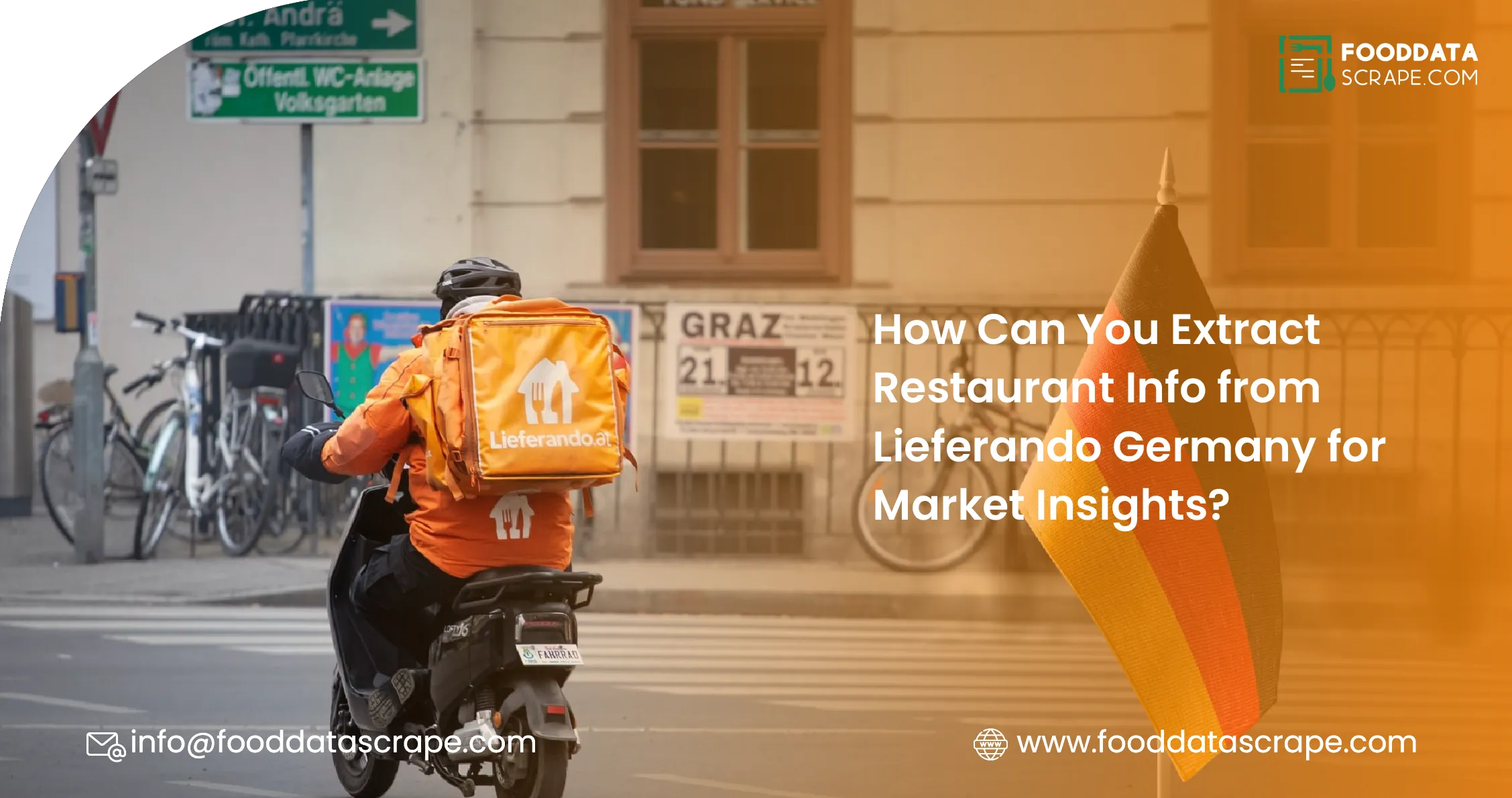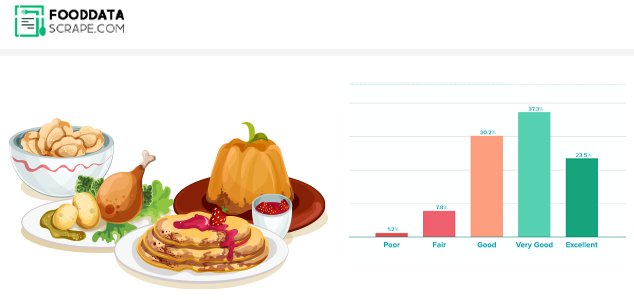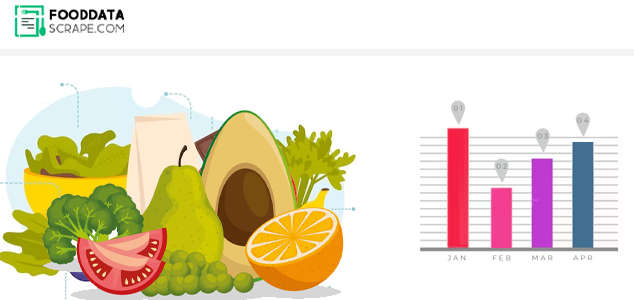Introduction
Germany's food delivery industry has drastically accelerated its digitalization trajectory with the launch of Lieferando.de. As a branch of Eat Takeaway.com, Lieferando has successfully scaled its reach and connects millions of users to thousands of restaurants across every major city in Germany, including Berlin, Hamburg, Munich, Cologne, and Düsseldorf. By broadening the restaurant options available, the platform has proven to be a valuable resource of highly structured and semi-structured data that companies would love to analyze. Extract Restaurants data from Lieferando Germany, to discover which food products are trending, cuisine preferences throughout each region, price strategies, and restaurant performance. In the eyes of market researchers, this provides a great way to track competitor behaviors and consumer choices. Scraping Restaurant Data from Lieferando Germany generates invaluable data, including ratings, delivery charges, menus, and special offers. When you Extract Food Delivery Data from Lieferando Germany, you can create opportunities to make future changes to your approach to marketing, product development, logistics, and customer experience in one of Europe's most rapidly evolving food delivery environments.
Why Extract Restaurant Info from Lieferando Germany?
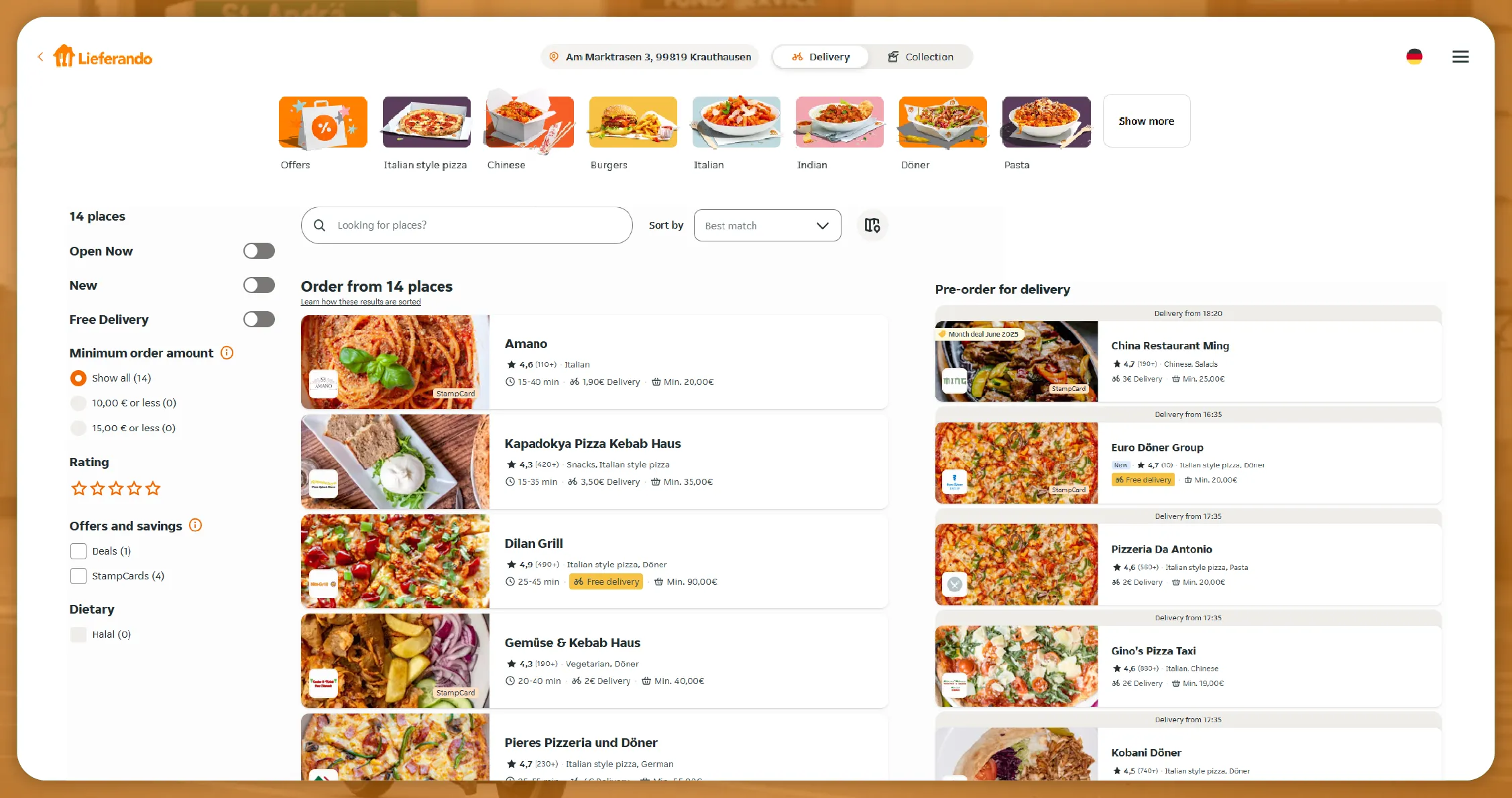
Restaurants on Lieferando represent a broad cross-section of the German culinary landscape – from local döner shops and currywurst stands to Michelin-starred bistros and major global fast-food chains. Accessing and analyzing this data yields multiple insights for decision-makers, including:
- Market Mapping and Restaurant Density: Understanding which neighborhoods are already saturated with particular cuisine types or price levels for restaurant chains planning to expand can help shape location strategy. Extract Restaurant Info Data from Lieferando to visualize restaurant density by postal codes or cities. For example, a district in Berlin with many Italian restaurants but few Asian takeaways can influence investment decisions and market entry strategies.
- Cuisine Type Popularity: Every listing on Lieferando is tagged with specific cuisine types—Indian, Chinese, Vegan, Greek, Halal, and more. This enables analysis of cuisine trends across different regions. Using Restaurant Dataset from Lieferando Germany, food brands and cloud kitchen operators can discover which concepts are growing in popularity and tailor offerings for target markets.
- Competitive Menu and Price Benchmarking: Menu data reveals dishes, prices, portion sizes, and even images. Web Scraping Food Menu Price Data from Lieferando Germany enables comparative analysis across competitors, identifying pricing clusters, combo strategies, and upselling opportunities. For instance, most burger combos in Frankfurt may fall within a €9–€12 range, guiding pricing strategy for new entrants.
- Delivery Radius and Charges Analysis: Lieferando restaurants provide details on delivery charges and minimum order values, some of which vary based on distance. This logistical data is crucial for evaluating delivery policies and customer impact. Through Lieferando Food Delivery Scraping API Services, businesses can study cost structures by region to optimize logistics and customer experience.
- Performance Metrics: Ratings and Reviews: Customer reviews and star ratings are critical indicators of restaurant quality. Scraping Food Menu and Ratings from Lieferando, Germany, helps identify top-rated brands and uncover customer satisfaction trends. High-performing listings can signal partnership or acquisition targets for aggregators and franchise groups based on real customer feedback at scale.
Get started now with reliable restaurant data scraping from Lieferando Germany!
Real-World Use Cases of Lieferando Restaurant Data
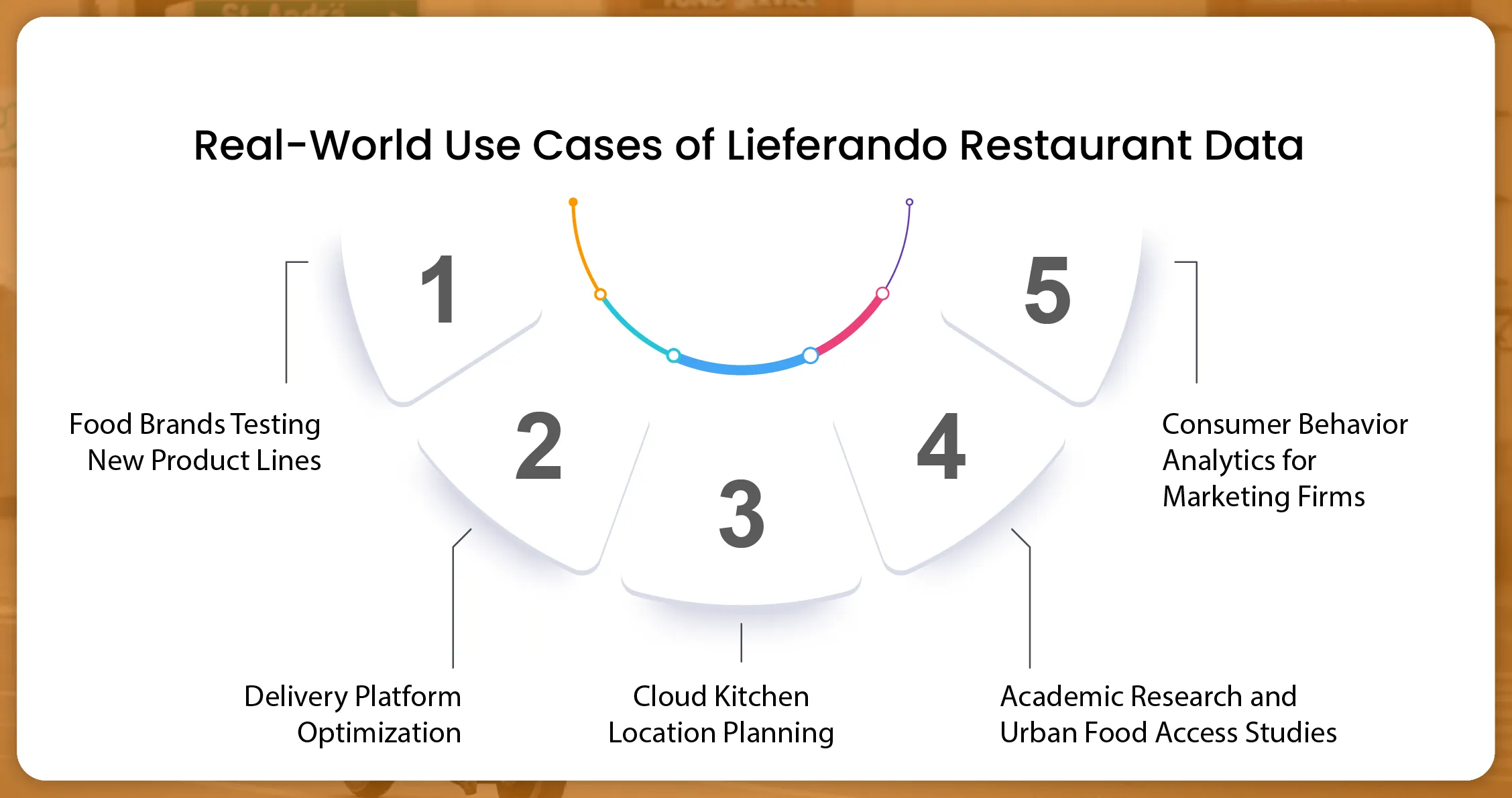
The possibilities unlocked by structured Lieferando data are vast. Here are a few examples that showcase how different players use this data for competitive advantage:
- Food Brands Testing New Product Lines: Brands rely on Restaurant Menu Data Scraping to analyze which dishes are gaining popularity in different cities. For instance, if "vegan schnitzel" appears on many menus and receives high ratings in Leipzig and Stuttgart, food manufacturers can target these cities to launch plant-based innovations. This approach supports localized product testing based on real consumer demand.
- Delivery Platform Optimization: Third-party logistics providers use Food Delivery Scraping API Services to extract delivery times, order thresholds, and service radius data from Lieferando. By identifying under-served areas with high delivery costs or slow service, they can offer tailored solutions to restaurants, improving delivery efficiency and customer satisfaction.
- Cloud Kitchen Location Planning: Virtual kitchen operators utilize Restaurant Data Intelligence Services to examine restaurant clusters and cuisine gaps across German cities. If Lieferando data reveals only five Thai restaurants in Dresden amid high consumer demand, this presents a clear opportunity for entry into a low-competition, high-demand market.
- Academic Research and Urban Food Access Studies: Universities leverage Food Delivery Data Scraping Services to study urban food landscapes, including dietary options, price disparities, and the presence of fast food chains in various socioeconomic zones. This research supports public health initiatives and informed urban planning.
- Consumer Behavior Analytics for Marketing Firms: Agencies use Food Delivery Intelligence Services to monitor restaurant ratings, frequency of menu updates, promotions, and seasonal offerings. These data points help refine marketing campaigns, identify emerging trends, and align advertising strategies with consumer preferences across German cities.
Key Data Points Available on Lieferando
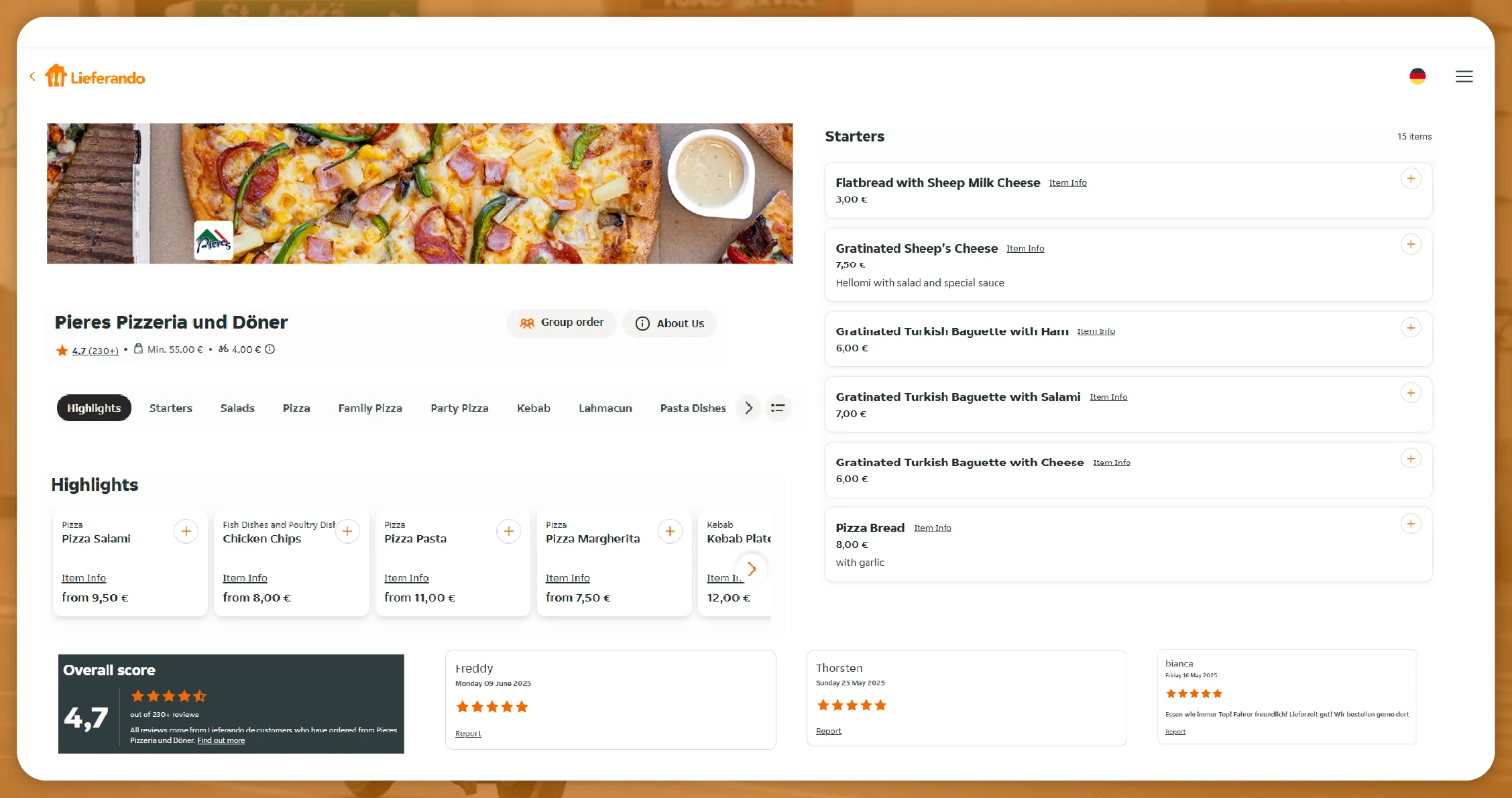
The depth and variety of restaurant-related data on Lieferando make it a prime source of insights. Some of the most critical data points include:
- Restaurant Name & ID: Useful for uniquely identifying restaurants and linking data with third-party databases.
- Cuisine Type(s): Tags like Indian, Sushi, Italian, Burger, or Vegan help segment the data.
- Address & Postal Code: Enables spatial mapping and regional analysis.
- Opening Hours: Helps identify patterns in delivery availability and predict peak hours.
- Delivery Fee & Minimum Order Amount: Useful in customer acquisition and pricing models.
- Estimated Delivery Time: Indicates logistical efficiency and customer experience.
- Menu Items with Prices: Useful for competitive pricing analysis and trend tracking.
- Customer Ratings & Review Counts: Core metric for quality benchmarking.
- Discounts or Promotions: These reflect aggressive marketing and seasonal tactics.
Strategic Benefits for Stakeholders

Extracting restaurant data from Lieferando doesn't just benefit restaurant owners. A wide variety of stakeholders stand to gain:
- Venture Capitalists: can identify emerging brands gaining traction through ratings and rapid growth in menu offerings.
- FMCG Companies: can observe which food categories are gaining demand (e.g., dairy-free, keto-friendly) and target those markets accordingly.
- POS and Tech Providers: can use this intelligence to pitch tailored solutions to restaurants based on their cuisine type, delivery volume, and tech maturity.
- Consulting Firms: advising food companies or hospitality groups can make data-backed strategic recommendations.
- Marketplaces and Aggregators: can cross-reference Lieferando data with their own to evaluate onboarding opportunities and trends.
The Broader Impact on the German Food Ecosystem
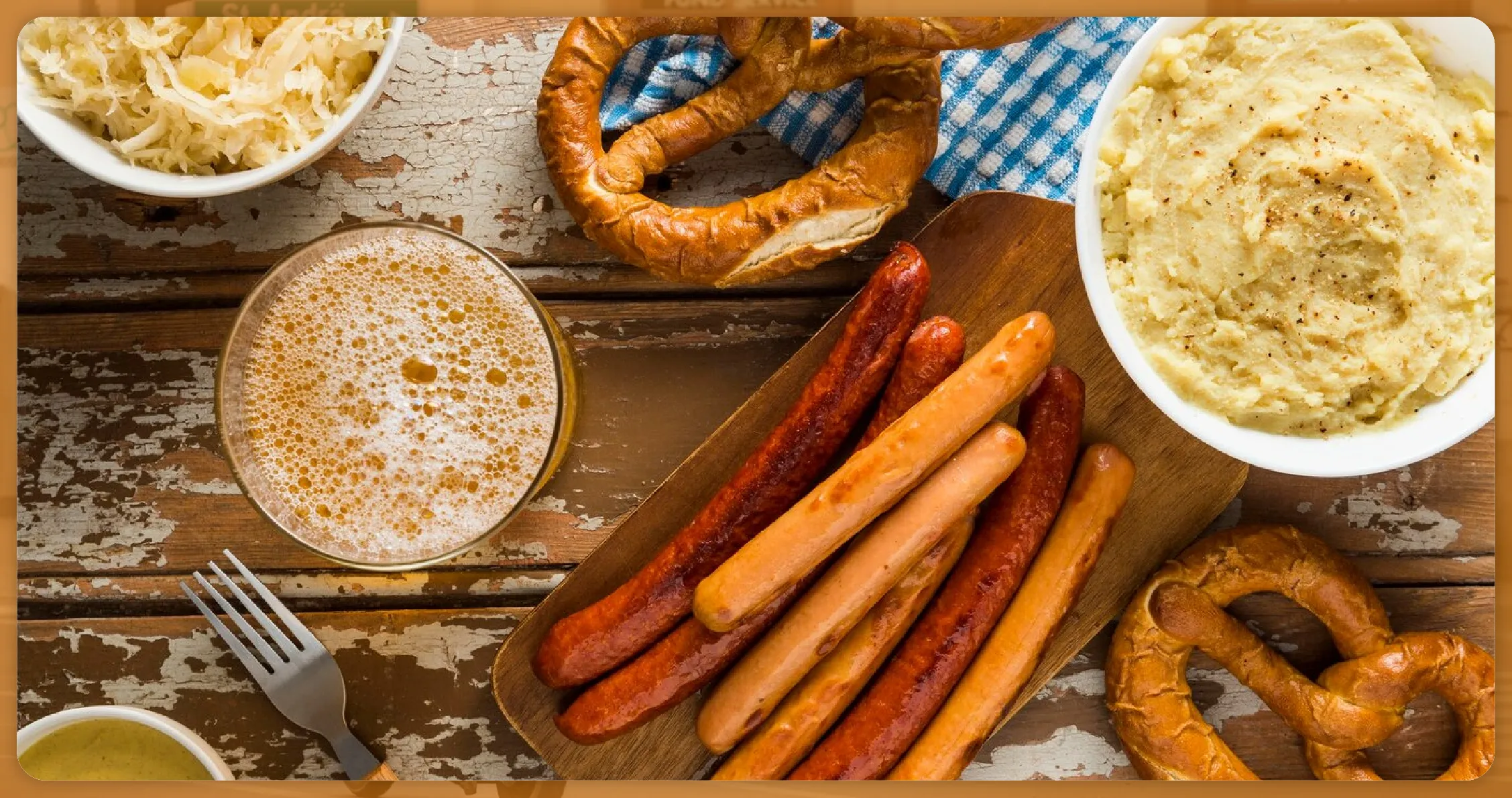
Lieferando has transformed the way food is consumed in urban Germany. Standardizing online menus and introducing frictionless ordering has accelerated the transition from dine-in to digital. Extracting data from Lieferando helps track that evolution in real time. As consumer behaviors shift—toward more convenience, healthy options, and curated experiences—Lieferando restaurant data provides a pulse on these transitions. It also gives brick-and-mortar restaurants feedback loops they previously lacked. Instead of relying on gut instinct, they can align decisions with trends observed across the platform. Moreover, from sustainability metrics to allergen labeling, Lieferando is increasingly becoming a platform that reflects broader societal expectations. Understanding its restaurant data isn't just about delivering food—it's about where German food culture is heading.
How Food Data Scrape Can Help You?
- Custom Restaurant Data Extraction Solutions: We offer tailored scraping tools to extract specific restaurant details—name, address, cuisine, ratings, menus, pricing, and delivery info—from platforms like Lieferando, adapted to your exact use case.
- Real-Time Data Collection at Scale: Our systems can collect and update large volumes of restaurant data in real time, ensuring you have access to the most current listings, menu changes, and pricing updates across regions.
- Structured Datasets with Analytical Value: We deliver clean, structured datasets ready for analysis, including food categories, customer reviews, delivery fees, and operational hours—ideal for market research, pricing analysis, or trend forecasting.
- API Integration for Seamless Access: Our Restaurant Data APIs enable easy integration with your internal systems or dashboards, allowing teams to consume up-to-date restaurant data without technical friction.
- Location-Based Intelligence Reports: We provide geo-tagged restaurant datasets for expansion planning, competitor benchmarking, and cuisine demand analysis in targeted cities or neighborhoods.
Conclusion
Extracting restaurant information from Lieferando Germany opens business intelligence, trend forecasting, and strategy formulation possibilities. Whether you are a food startup, an investor, a delivery partner, or a research institution, Lieferando's dynamic dataset offers a live snapshot of the country's food delivery ecosystem. With access to rich Food Delivery Datasets, businesses can analyze consumer trends, restaurant performance, and regional preferences with unmatched depth. By leveraging this data, companies can make informed decisions, stay ahead of the curve, and deliver better experiences to end customers. In a digital-first world where consumer behavior shifts rapidly, integrating insights into a real-time Food Price Dashboard can be the difference between leading the market and falling behind.
If you are seeking for a reliable data scraping services, Food Data Scrape is at your service. We hold prominence in Food Data Aggregator and Mobile Restaurant App Scraping with impeccable data analysis for strategic decision-making.






















































































